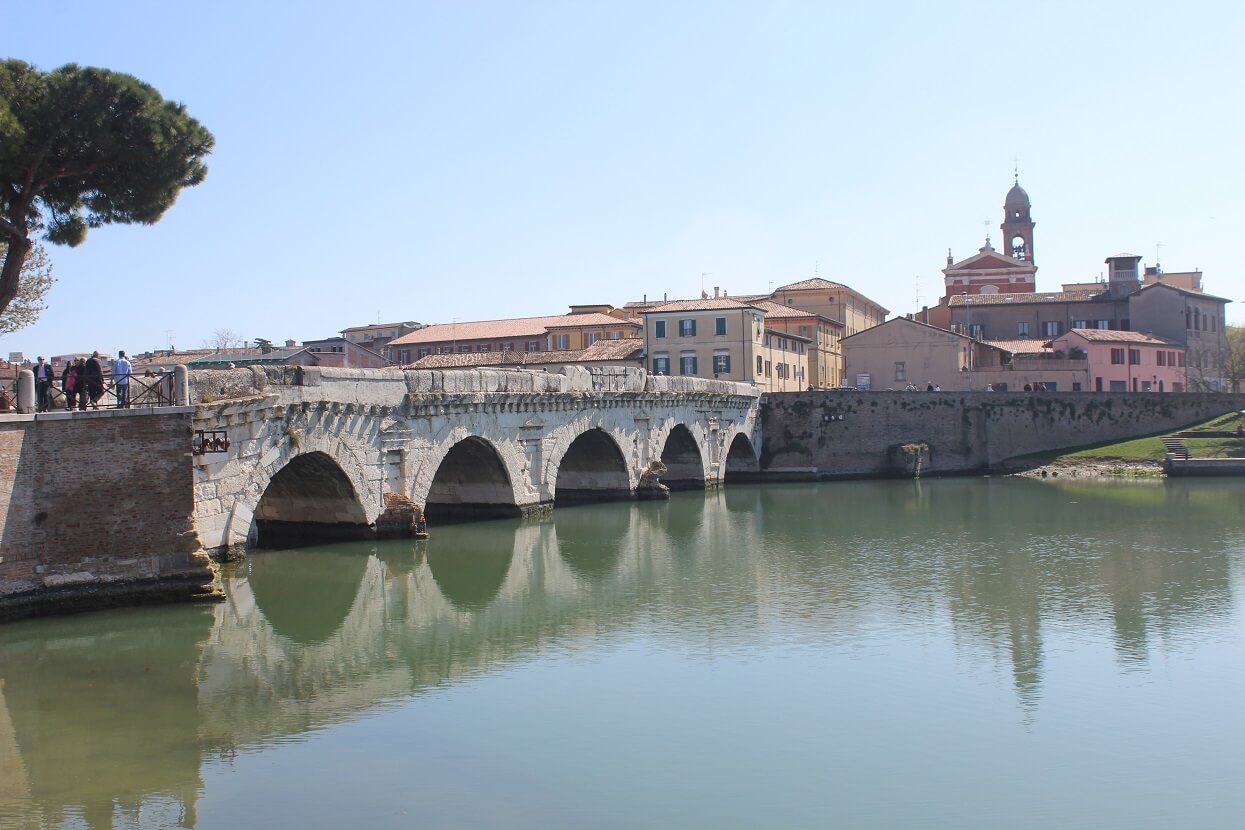
Rimini lies in the Italian region Emilia-Romagna and is one of the most popular resorts in the country among sun-seekers and party people. Due to the mild coastal climate, it enjoys all the benefits of the nice weather through the majority of the year. The position between the Adriatic coast and the Apennine Mountains grants a diversity of wonderful landscapes.
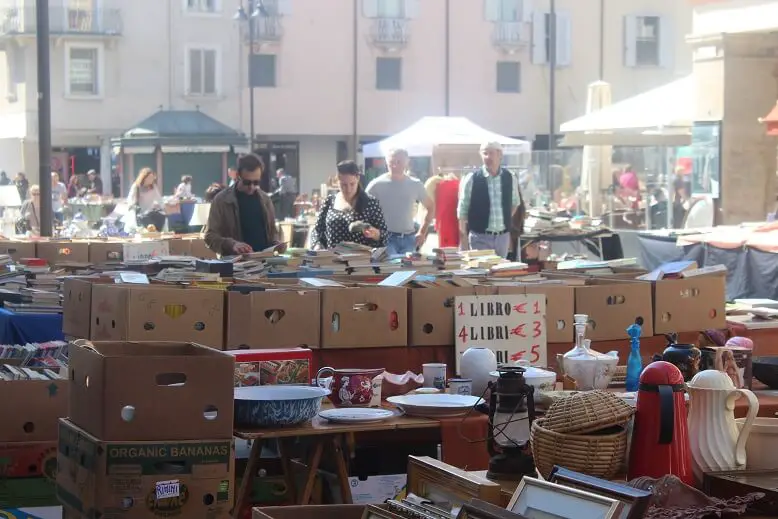
Short history of Rimini
But Rimini is much more than a resort town. Although mostly skipped in favor of Bologna or Florence, the charming beach town is also an important historic site worth visiting. The history of Rimini extends more than 2000 years back and every period has left its mark. Initially settled by the Greeks, in the 3rd century the Romans built the base of the current day city, Ariminum. Even though the town was the most destroyed city in Italy after Montecassino during WWII, it still preserves some traces from the Roman and medieval times.
Top 10 things to do and see in Rimini
The Roman Legacy
1. The Bridge of Tiberius
I had heard of Rimini before at university when a girl in my class presented a project about it. The only thing that I remember is the Roman bridge. In case you have ever seen a photo of Rimini, chances are it is of the same arched bridge I remembered. It is the golden jewel of Rimini and a place that should not be missed.
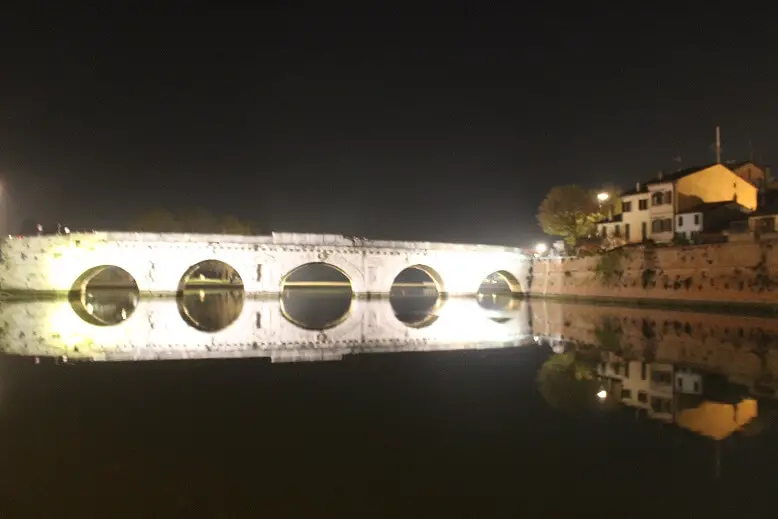
The magnificent 2000 years old bridge marked the beginning of Via Emilia. It is probably the most notable legacy and proof of engineering capacity the Romans have left in Rimini. Caesar Augustus started it in 14 A.D. and Tiberius finished it in 21 A.D., hence the name. Made in Istrian marble, it is one of the oldest and most beautiful Roman bridges in the world. It has survived the severe bombing during WWII and, to my surprise, it is still in use daily, despite its age.
2. The Arch of Augustus

From the Bridge of Tiberius cross the Corso d’Augusto to get to the opposite side of the town where the Arch of Augustus stands. Built in 27 B.C. in honor of Emperor Ottaviano Augusto, it has marked since then the entrance to the city from Rome. This was the start point of the Flaminian Way that connected Rimini with the grand capital. It is the oldest surviving triumphal arch in northern Italy. At the top of it, observe the stone details representing Jupiter, Apollo, Neptune, and Rome.
3. The Surgeon’s House
Another chance to delve into Rimini’s Roman past is a visit to the archaeological site in Piazza Ferrari. The Surgeon’s House is said to be a small Pompei as all the equipment and furniture of its last inhabitant, a surgeon, were very well conserved. A fire caused the walls of the house to collapse inwards, thus preserving mosaic floors, a desk, door hinges, walls, a desk and more.
4. The Roman Amphitheatre
The amphitheater was built next to the ancient coastline and had two arcades with 60 arches. It could accommodate up to 12000 spectators. Today, there is not much left of it, but its look and use were similar to the famous Colosseum and other Roman amphitheaters better preserved.
5. Piazza tre martiri

This square dates from the Roman times but got its name in honor of three partisan hung by the retreating Nazis at the end of WWII. There is also a plaque commemorating them. Previously, it marked the meeting point of two main streets, Cardo and Decumanus, and the Roman forum was located here. The statue of Julius Caesar supposedly marks the spot where he addressed a speech to his troops in 498 B.C.
The Medieval Legacy
6. Castel Sismondo or Rocca Malatestiana
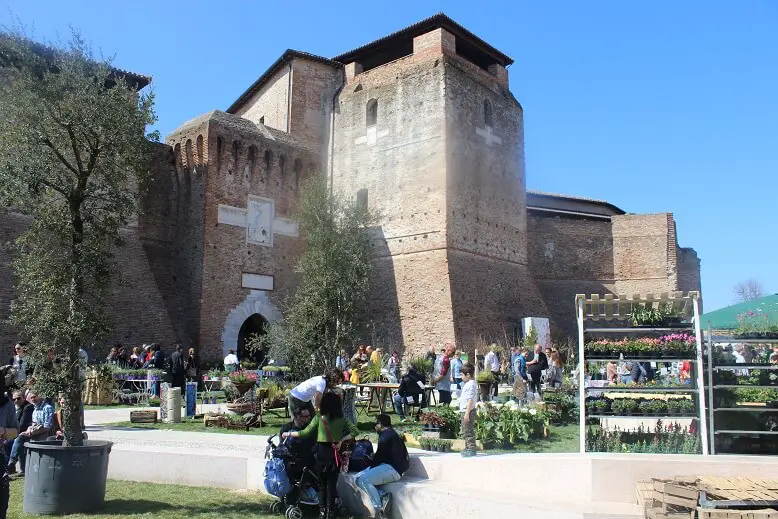
Out of the fortress-residence of Sigismondo Pandolfo Malatesta, only the central part can still be seen today. It was originally surrounded by a large moat that was later covered. These days, the edifice is used for cultural exhibitions like the Garden of Flowers.
7. The Malatesta Temple
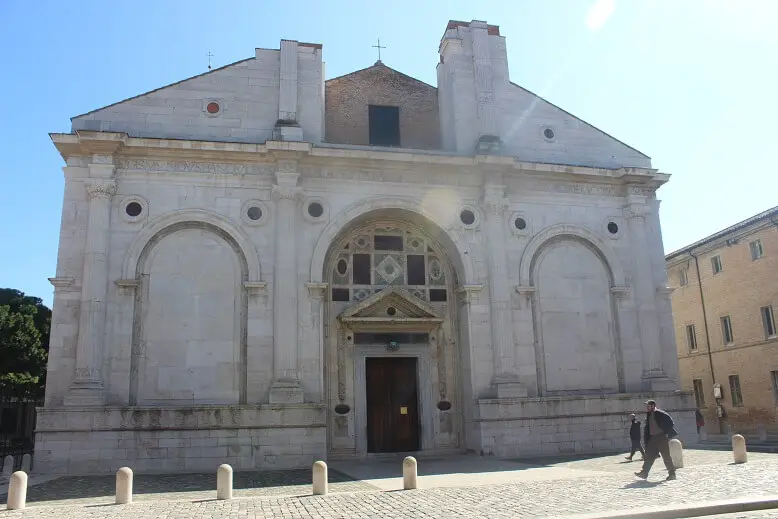
The temple was built by Sigismondo Pandolfo Malatesta, the lord of the city, as a mausoleum for his third and last wife, Isotta degli Atti and himself, still buried there today. Built during the Renaissance (1450), this was contrary to the typical temples that gave glory only to God. The original style was gothic, but somewhere along the way, Sigismondo decided to make some changes and designed the white marble façade with Leon Batista Alberti, one of the best architects of the time. Unfortunately, it was never finished.
8. Piazza Cavour

The square was the heart of the city during the medieval times. It is surrounded by Palazzo Arengo, where public government matters were decided, Palazzo del Podesta and Galli Theatre, in a neoclassical style. In the square stand the statue of Pope Paul V, which attests the papal domination of the time and a fountain with a pinecone on its top, Fontana della Pigna. Originally, it was toped by a statue if St. Paul, but the pinecone replaced it in 1809.
What else to see in Rimini?
9. Borgo San Giuliano

The most beguiling district of Rimini is filled with beautiful little streets and colorful cottages. Film buffs will find a little nugget of gold here as they are adorned with murals, many featuring scened from Fellini’s most famous films. The famed director was born in the city. Borgo San Giuliano lies across the bridge, just outside the walls of the old city.
10. The beach and the harbor
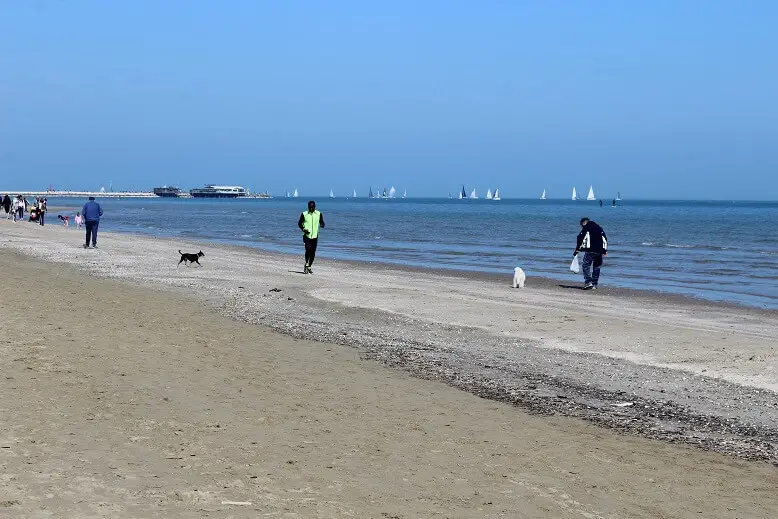
Thanks to a 15 km long sandy beach area, 1000 hotels and thousands of bars, restaurants, and clubs, Rimini is a paradise for sunbathers and party people. In March there were mostly people walking on the beach and enjoying the salty Mediterranean air. Only few people were working on their tan, but I can only imagine what the beach looks like in the summer season when colored umbrellas grid it as far as the eyes can see. Sun-seeker or not, you should still take a long walk on the beach and the harbor. As you reach the lighthouse, if it is open, climb to the first floor to admire the city, the hillside and Monte Titano, on which San Marino rests.
Bonus: Day trip to San Marino
When visiting the city for a longer period of time, it is worth to take a few days to explore its surroundings. The day trip that I truly recommend is to San Marino. It is probably your best opportunity to see this small country, described as a castle on top of the mountain and the gorgeous views that it offers.
The historical pieces in Rimini might go unnoticed between the structures in other major cities, but they are essential in the puzzling of the whole Roman and medieval history. Don’t stay on the beach all day long, even if it might be tempting, but get to discover true Rimini and its history. Rimini holds much more than a beach and lively bars, even if they do round up the whole holiday.
What do you think about Rimini? Would you delve into its history or only enjoy the beachfront and the sunny days?
Pin this article if you liked it!
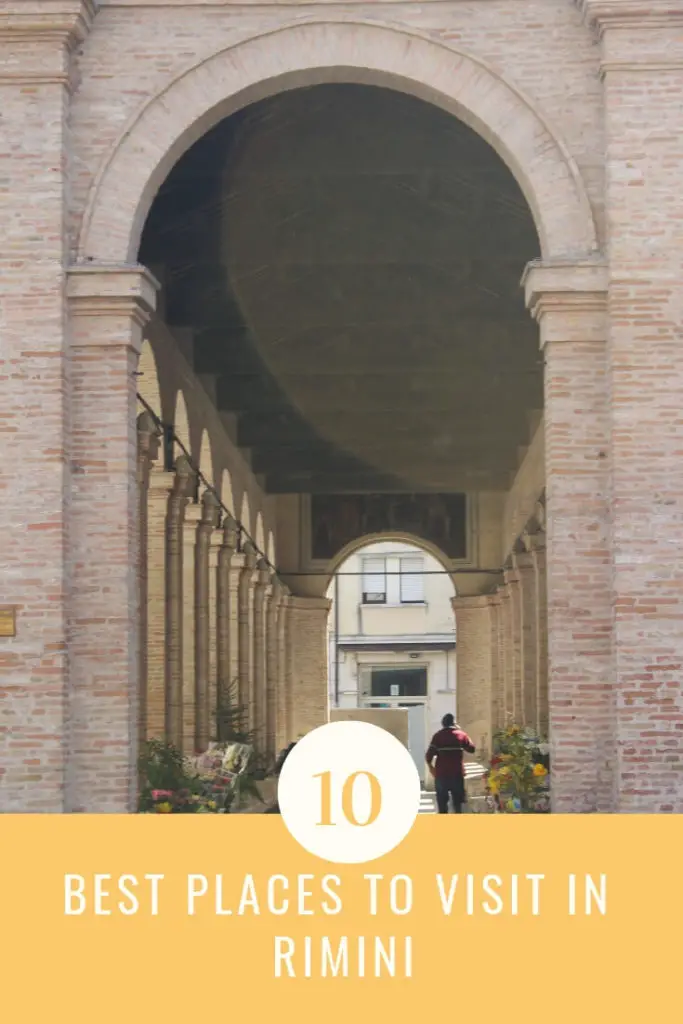
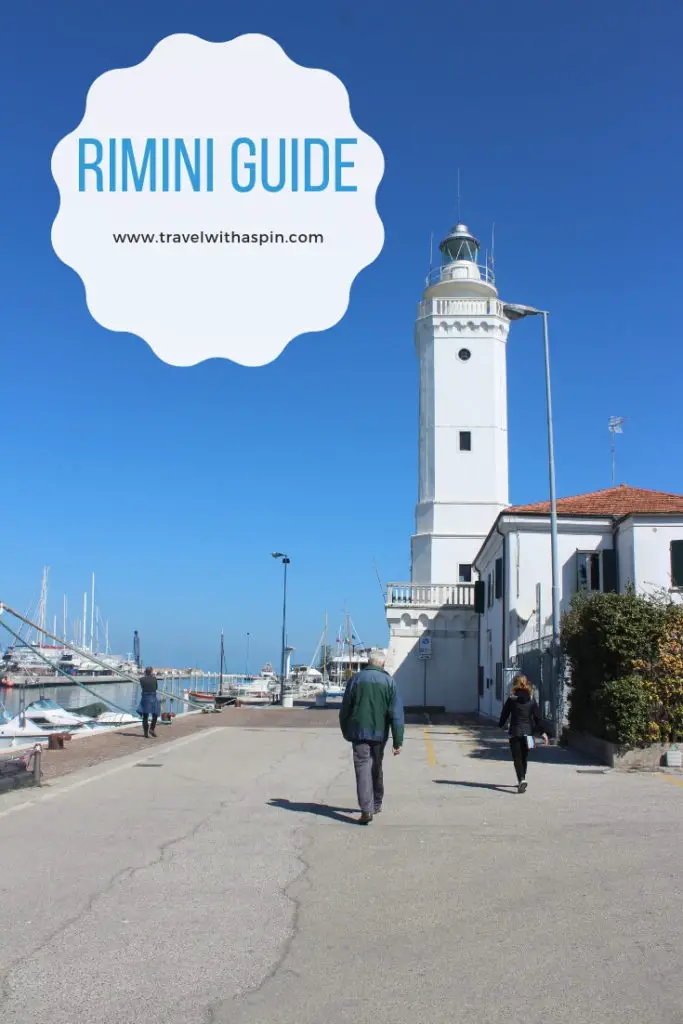
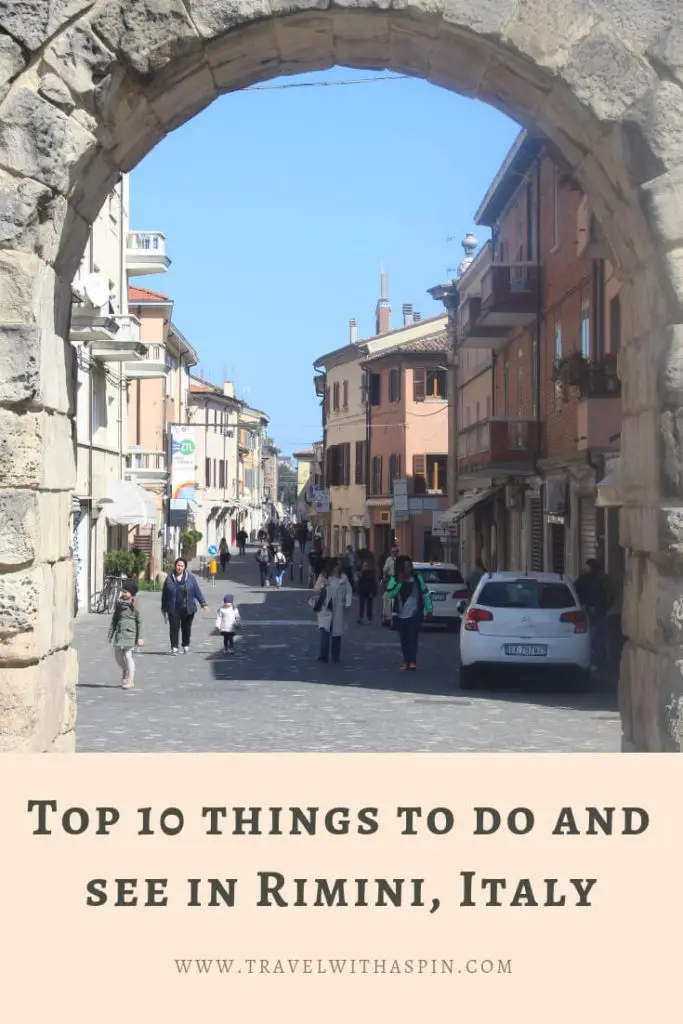
Travel With A Spin contains affiliate links. If you make a purchase through these links, I will earn a commission at no extra cost to you. Thanks for reading!

